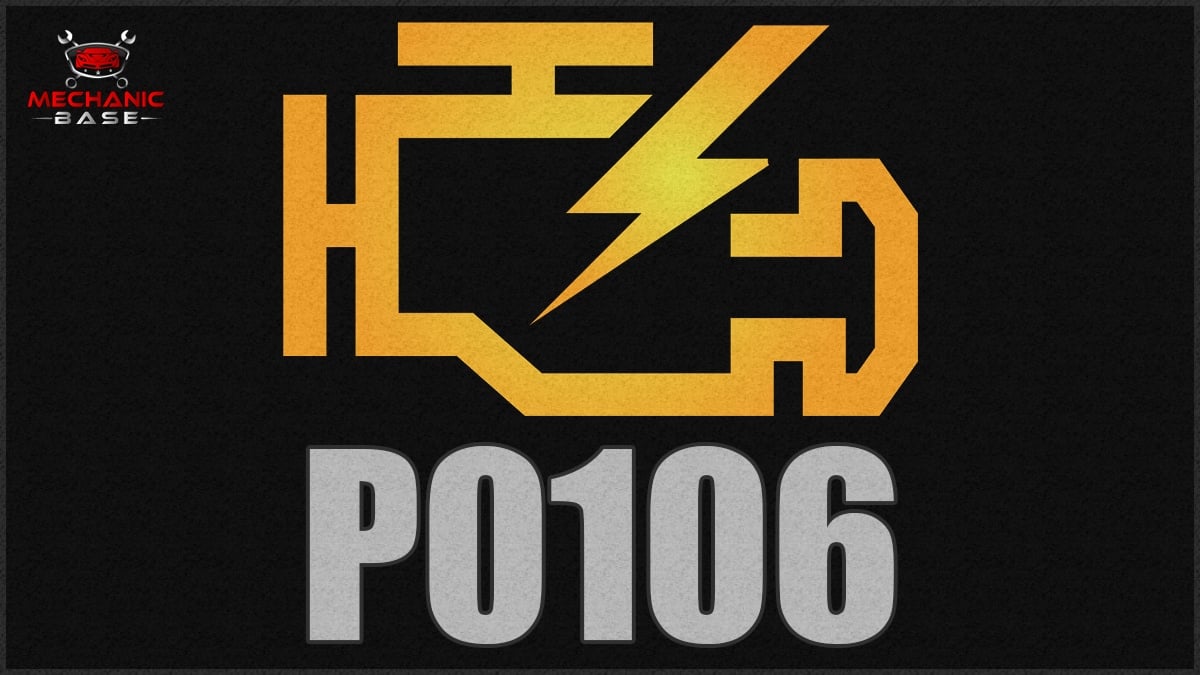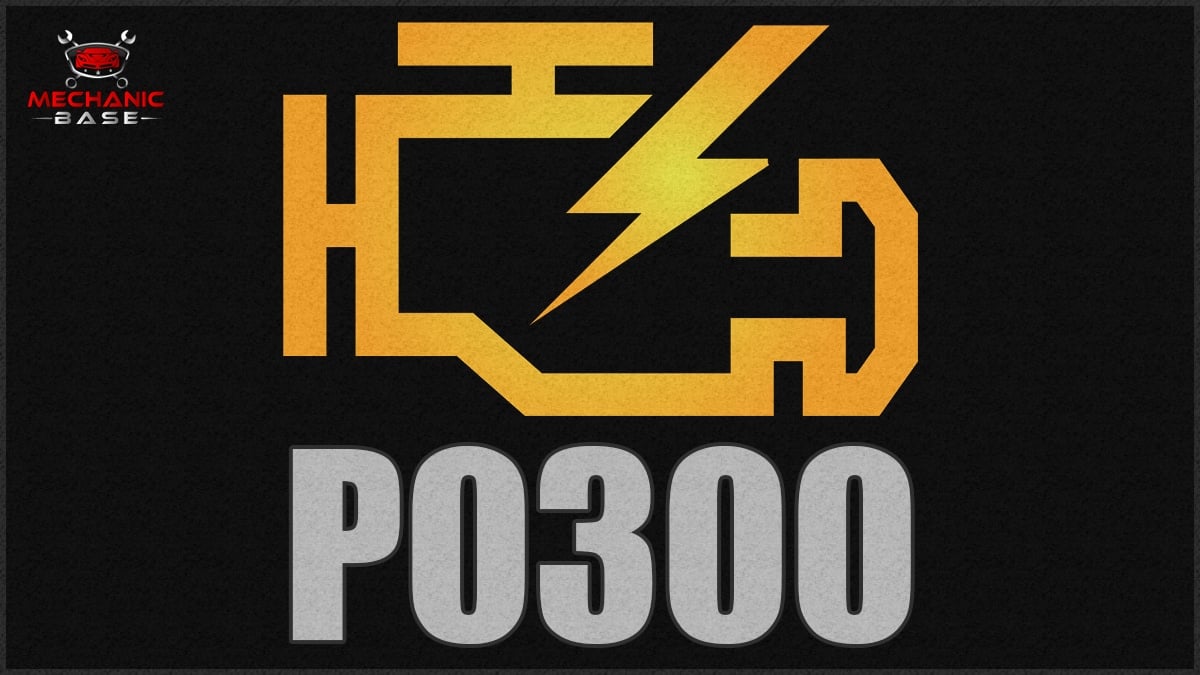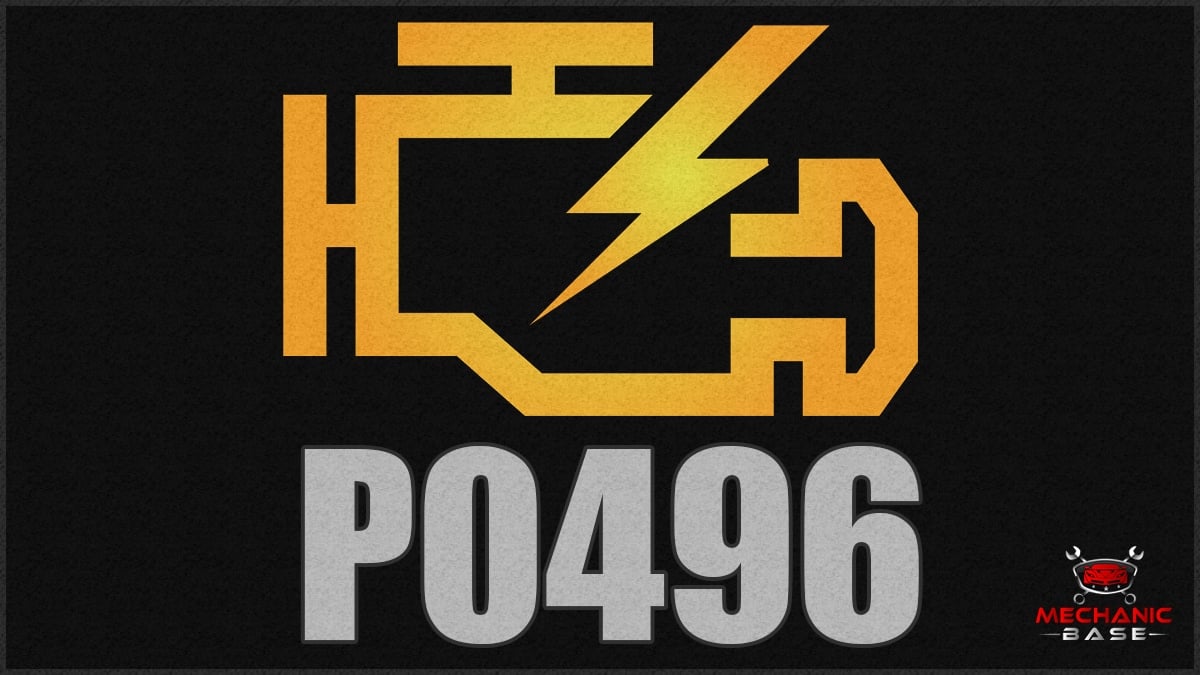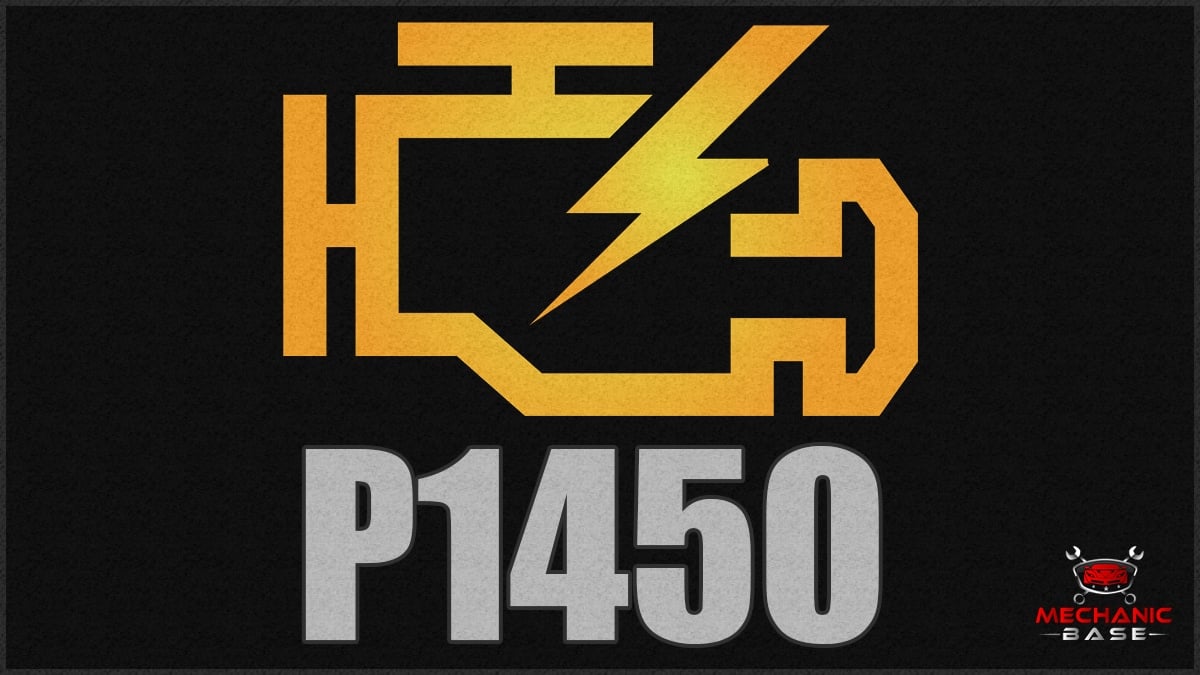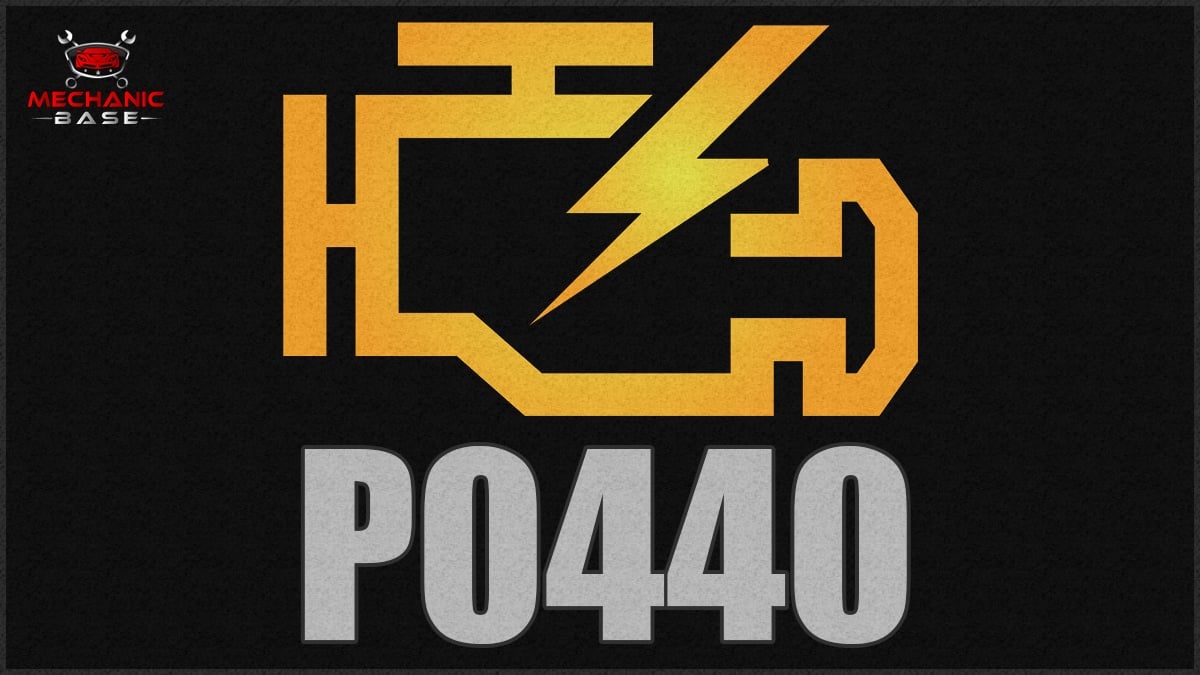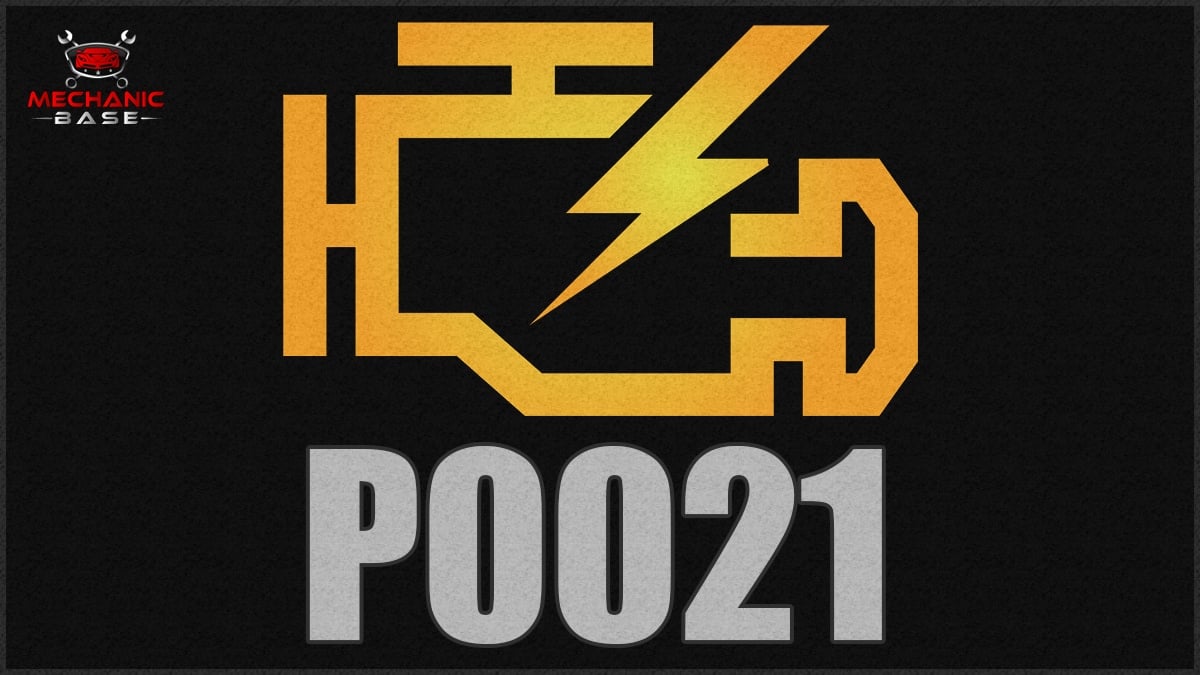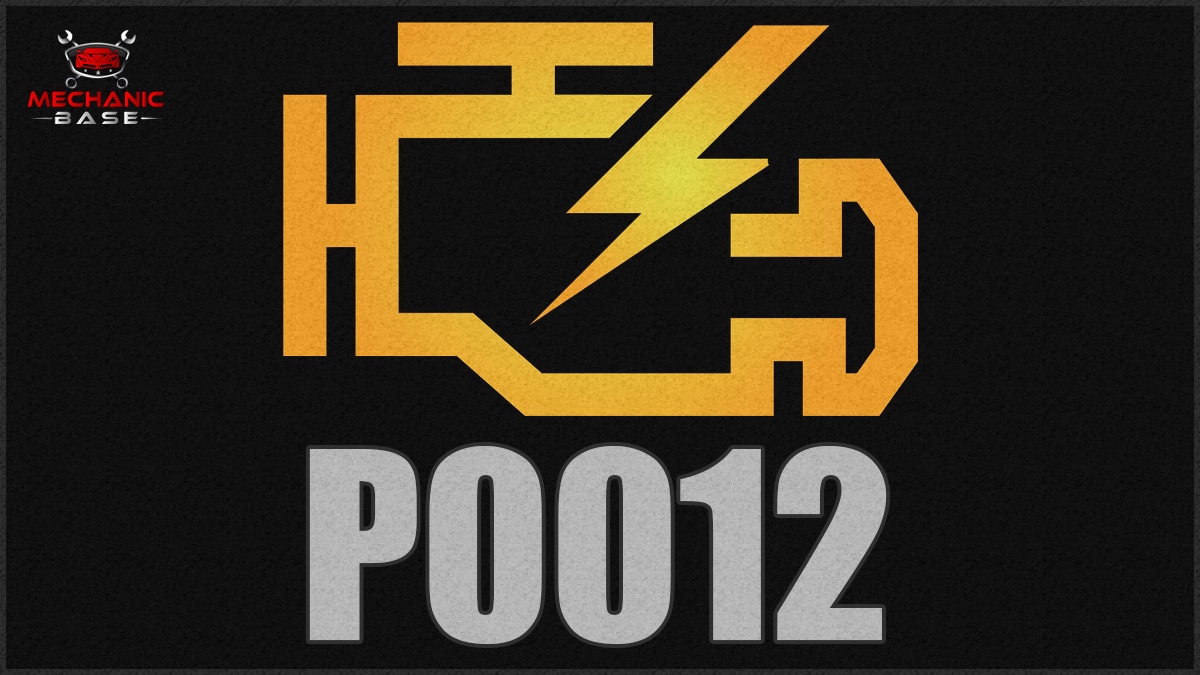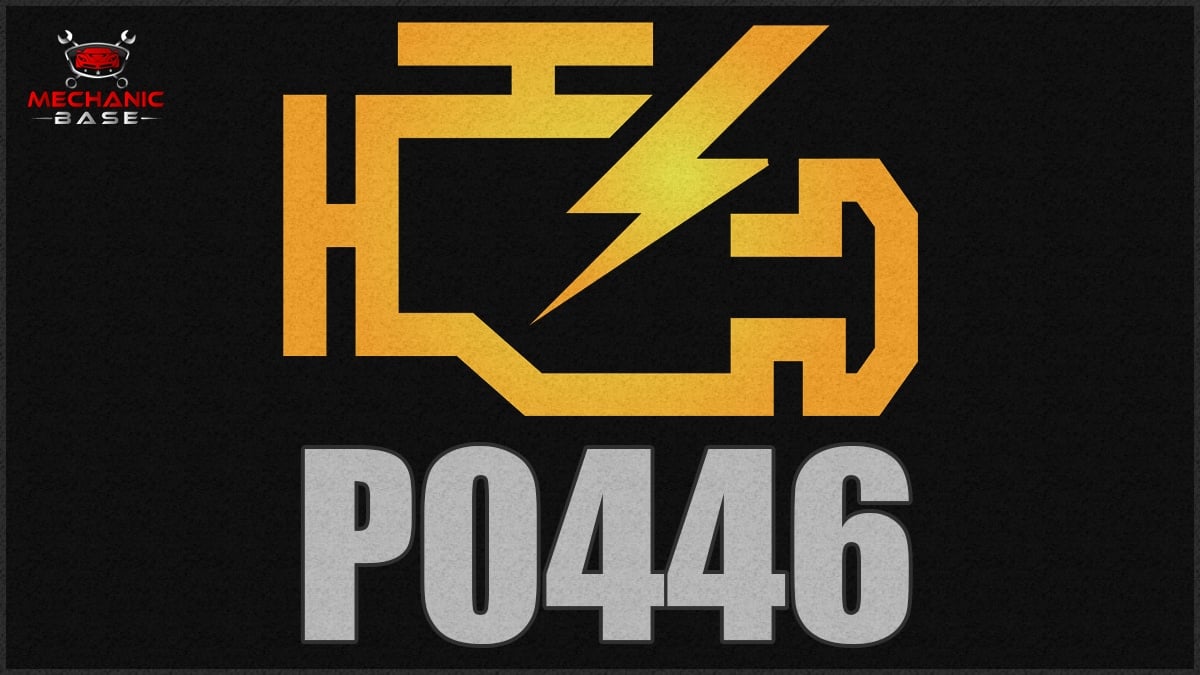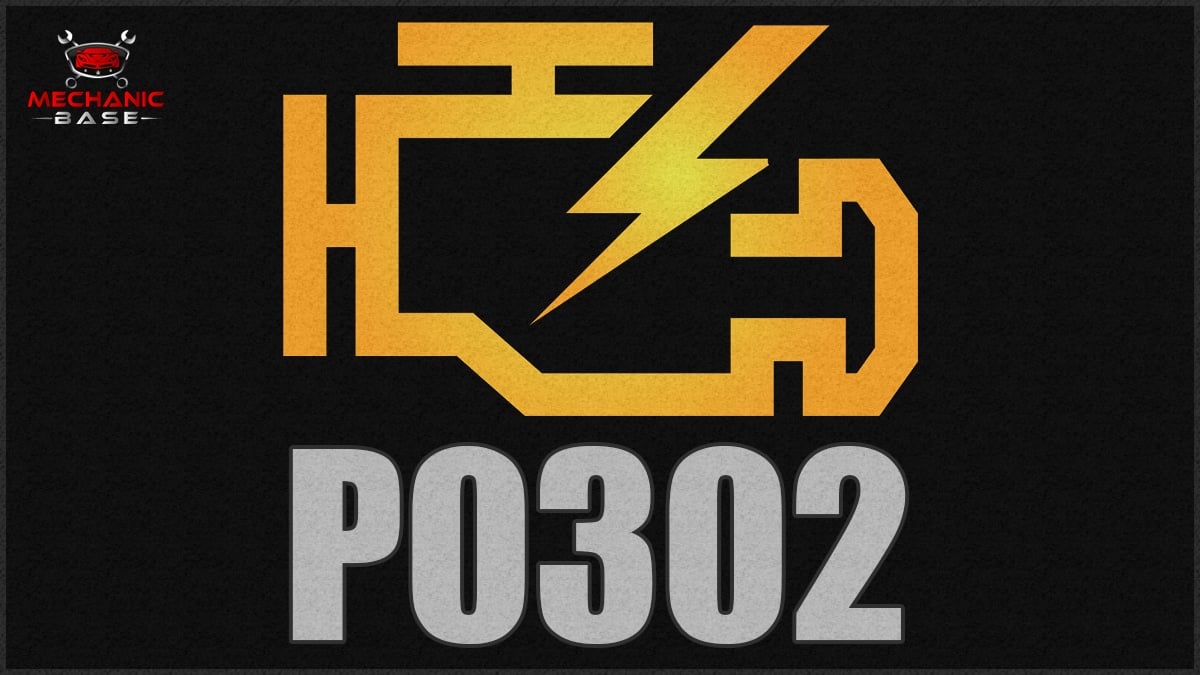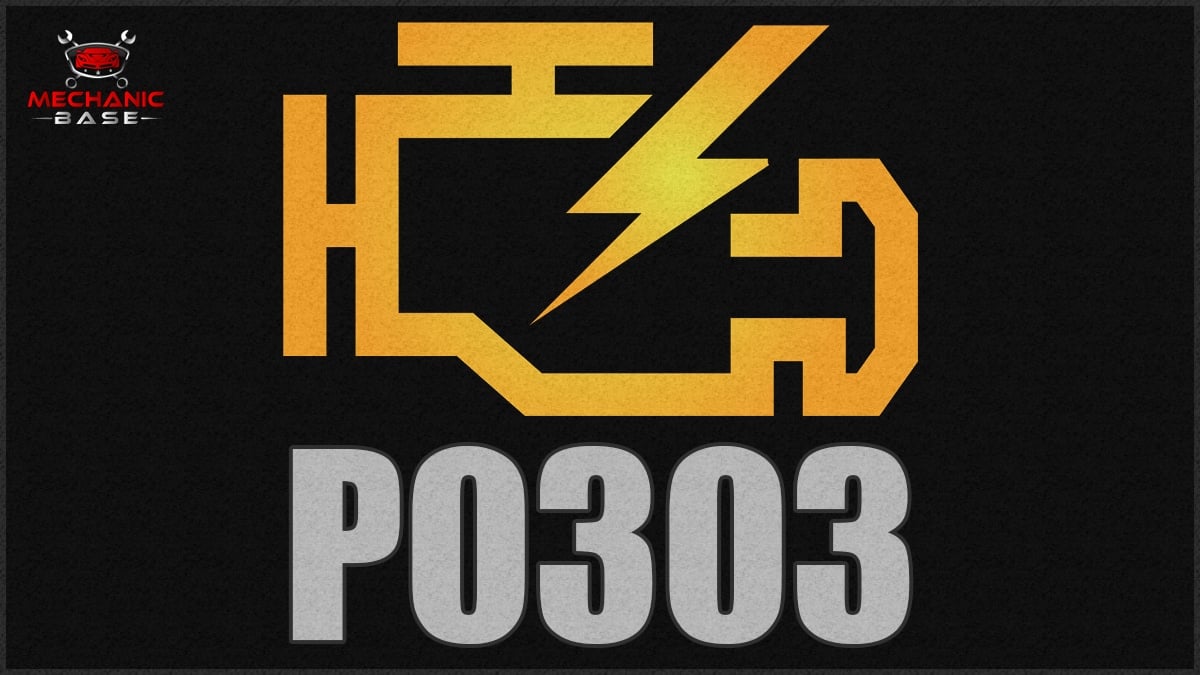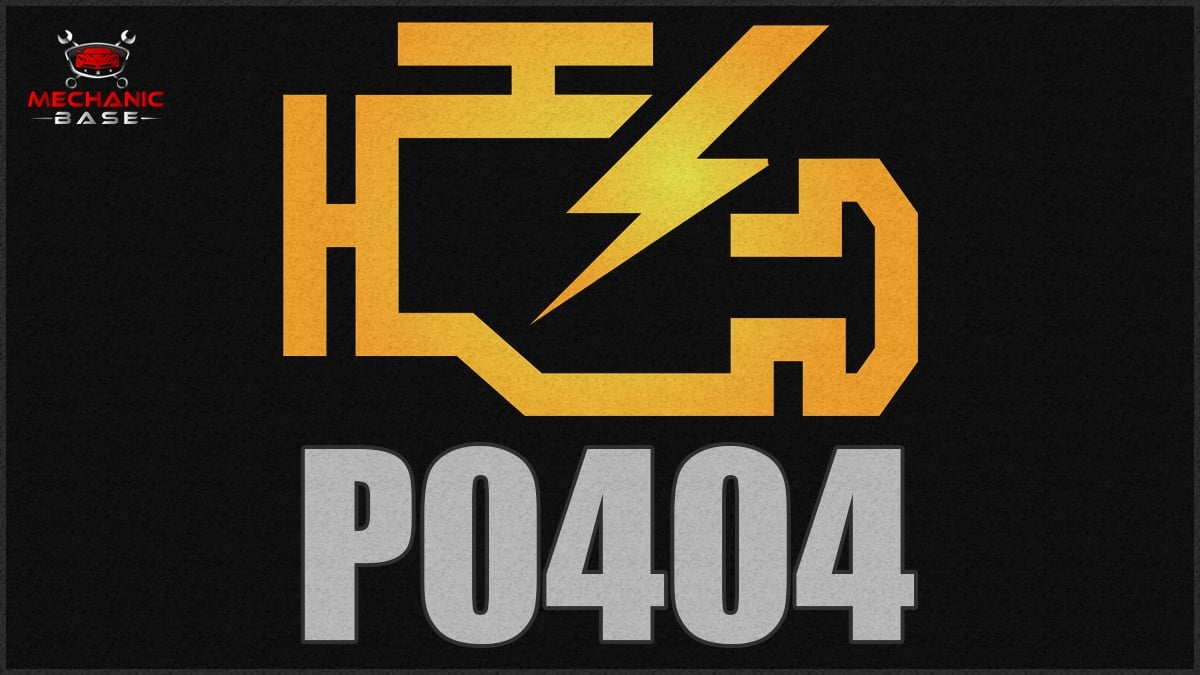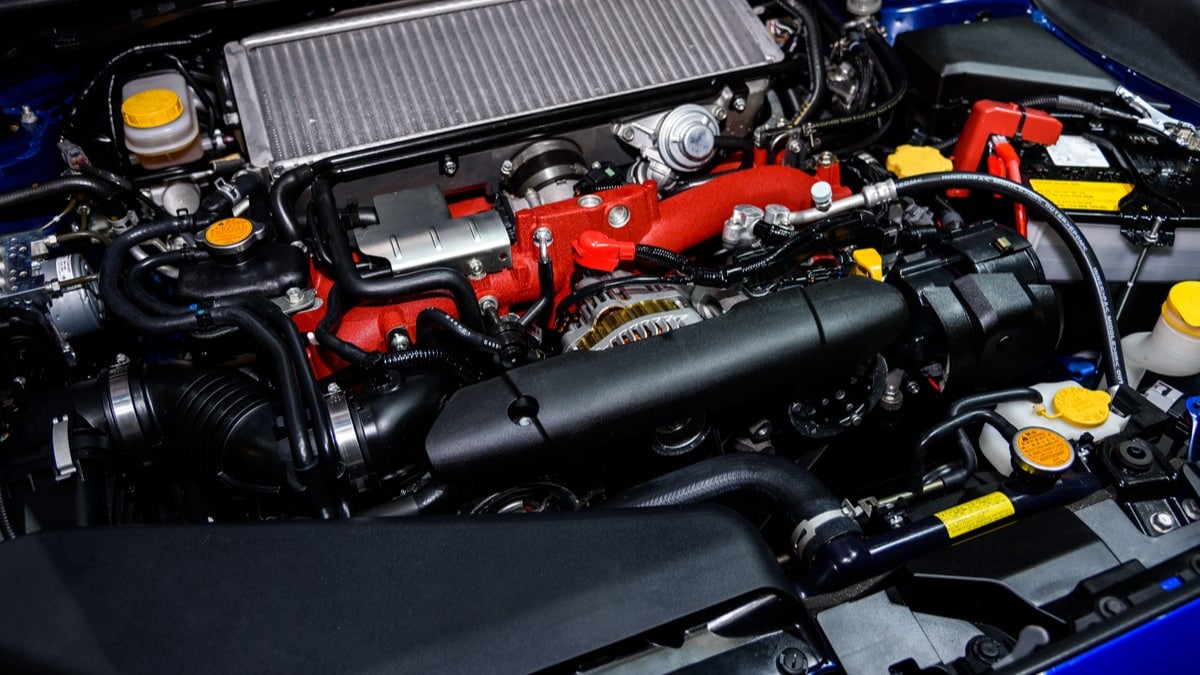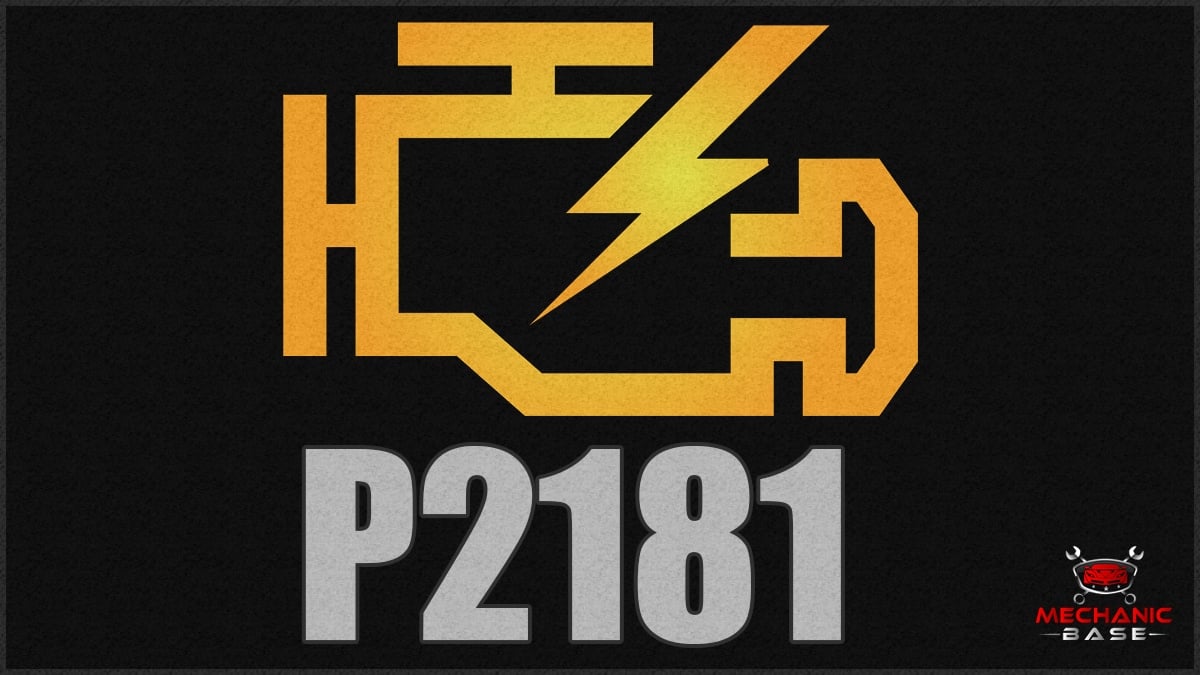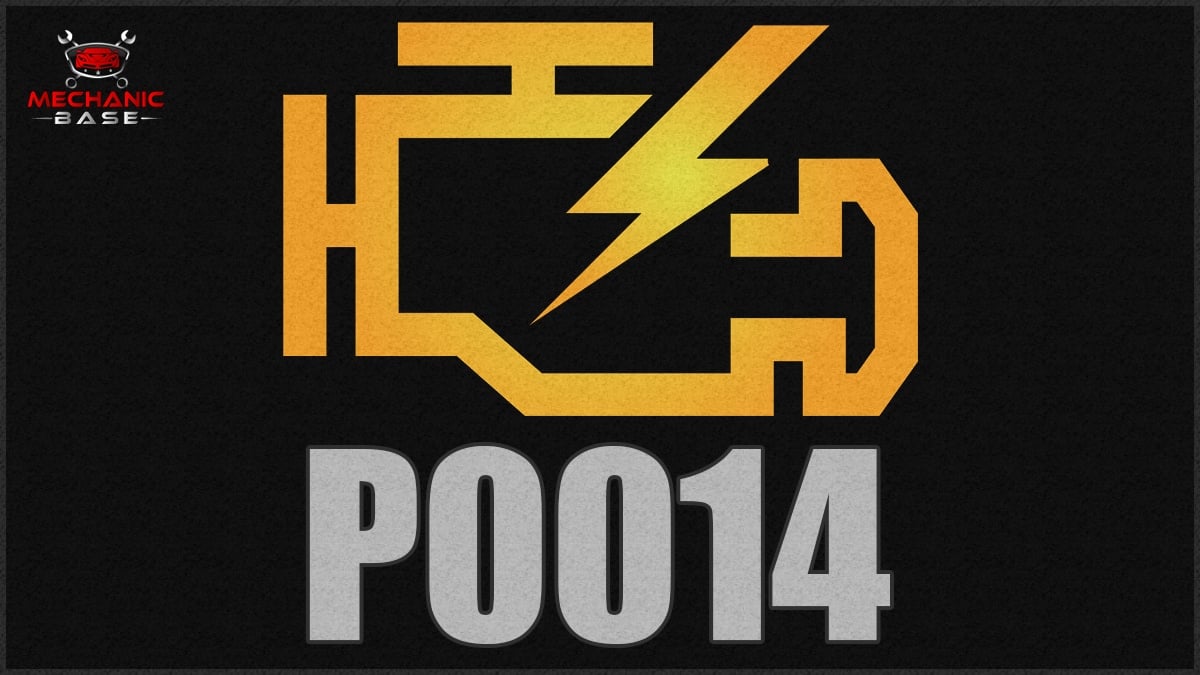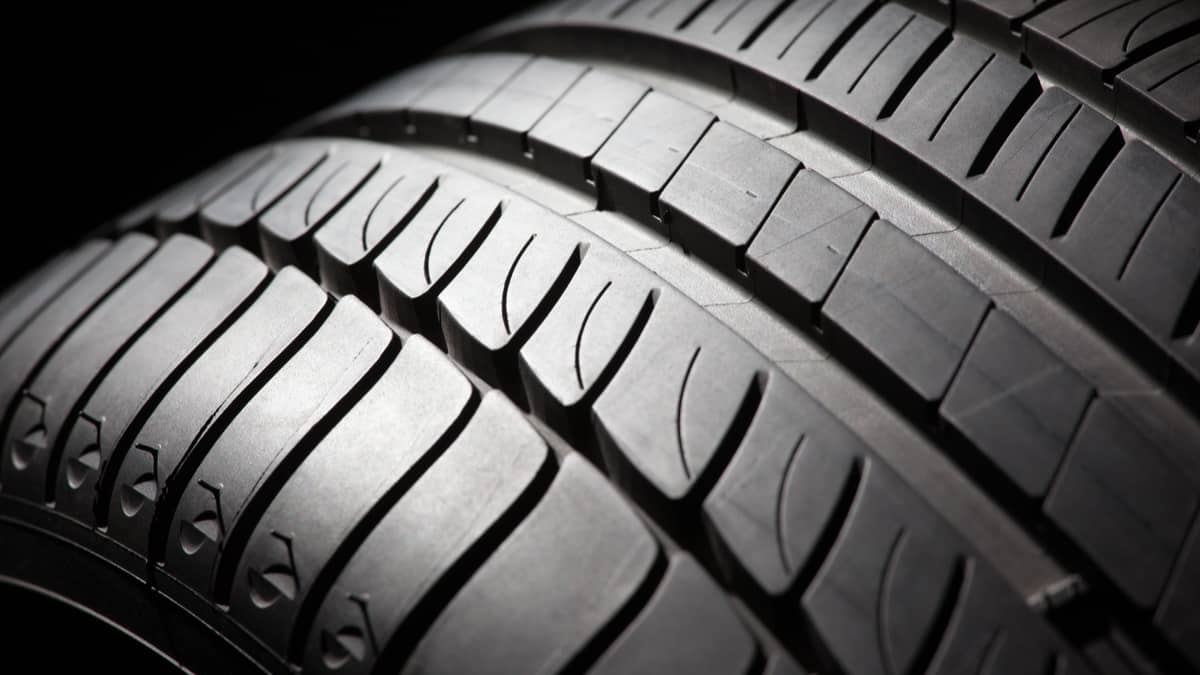When everything is going well, your car runs as it should and there are no lights on the dashboard. Yet, no matter how well you maintain your vehicle, it’s possible to see the Check Engine Light come on with the P0106 code on your OBD-II scanner.
In this guide, I help you understand the symptoms and meaning of the P0106 trouble code. Once I outline the possible causes, you may be able to figure out the appropriate fix, so you can get back on the road.
Code P0106 Definition
P0106 – Manifold Absolute Pressure/Barometric Pressure – Circuit Range/Performance Problem
What Does the P0106 Code Mean?
The P0106 DTC means that the Manifold Absolute Pressure/BARO Sensor Range/Performance has discovered a problem. This code occurs if the powertrain control module (PCM) determines the MAP/BARO sensor readings are erratic and incorrect.
The MAP sensor signal should be 1 to 4.5 volts, heading back to the PCM, depending on what load the engine is running at. If the P0106 code is set, it means that the signal went below or above that for a predetermined amount of time.
This code is defined as generic by the SAE (Society of Automotive Engineers). However, the definition of this code could be different based on the manufacturer of your vehicle.
P0106 Trouble Code Symptoms
At first, you may notice the Check Engine Light comes on with the P0106 trouble code. However, it won’t be long after that that the other symptoms will begin to present themselves. Many of these symtoms are undeniable.
Here are the most common P0106 symptoms.
- Check Engine Light
- Rough engine performance
- Black smoke coming out of the tailpipe
- Rough idle
- Reduced fuel economy
- Missing engine, especially at higher speeds
Causes of the P0106 Code
There are numerous causes that can lead to the P0106 trouble code, which is why it’s so important to run through the standard diagnostic procedures. However, here are a few of the causes you might discover as you do your own research.
- Malfunctioning MAP/BARO sensor
- Electrical short
- Vacuum leak
- Malfunctioning exhaust gas recirculation (EGR) system
- Failing PCM
How Serious is the P0106 Code?
Serious – If the Check Engine Light comes on and you find the P0106 code, it’s best to stop driving immediately. You don’t want to cause any further damage.
MAP sensor failure can lead to a malfunctioning throttle that can create trouble on the road. It can also cause damage to the motor, which will become expensive to repair.
What Repairs Can Fix the P0106 Code?
After your in-depth diagnosis, you will be able to figure out how to fix the P0106 trouble code. Here are a few that most people find appropriate.
- Replace MAP/BARO sensor
- Repair electrical short
- Repair vacuum leak
- Fix exhaust gas recirculation (EGR) system
- Update/replace PCM
Common P0106 Diagnosis Mistakes
With the P0106 code, many people jump right into fixing what they think is a defective sensor. While this might seem to be the obvious fix, it shouldn’t be the first assumption.
Instead, it’s best to examine the system and look for faulty wiring. It’s also possible that the sensor is just contaminated and needs to be cleaned or reseated.
How to Diagnose the P0106 Trouble Code
With a high-quality code scanner, you can diagnose the P0106 DTC just like the professionals would. I recommend starting with the service manual for your vehicle. However, I do have some general steps you could also use.
Here are a few basic guidelines.
- Check all of the trouble codes. Use freeze frame data for more information.
- Check the intake duct and air intake hose for cracks or leaks. You want all of the clamps to be tight and secure.
- Look over the wiring and connectors to ensure a proper fit.
- Turn the ignition ON, but avoid starting the engine for now.
- With your scan tool, evaluate the MAP sensor data. You should see a drop from 4.5 to 1 volt. If you aren’t seeing this drop, there could be an issue with the sensor or wiring.
- You can test the MAP sensor with a vacuum pump. Without starting the engine, send 20 inches of vacuum pressure to see if the voltage drops. If it doesn’t drop, clean the hose and port before testing again.
- You can also use a multimeter to examine the wiring of the MAP sensor. By touching your multimeter to the MAP sensor, you should see a five-volt reading. If you don’t see that, connect this wire to the car’s PCM. If this connection creates the right voltage, there could be a short.
Beyond this diagnosis, it’s best to get help from a professional. While it’s unlikely that the EGR system or PCM are causing the problems, both are possible. However, without a high level of expertise, you don’t want to mess with either of these.
Estimated P0106 Repair Cost
With your proper diagnosis, you will know what part needs to be replaced. I outline the approximate parts and labor cost so you know what you are looking at.
- Replace MAP/BARO sensor – $75-$250
- Repair electrical short – $50-$550
- Repair vacuum leak – $125-$850
- Fix exhaust gas recirculation (EGR) system – $100-$650
- Update/replace PCM – $250-$2,500
Mechanics Tips about the P0106 Code
The PCM needs the data coming from the MAP sensor to evaluate the proper fuel delivery and engine load. It can also be used for EGR function and ignition timing. The MAP sensor measures the intake manifold pressure. On the other hand, the Barometric (BARO) Pressure sensor is used to determine the atmospheric pressure. In most cases, these two sensors are combined into one.
However, not every vehicle has a MAP sensor. In these cases, the computer uses the mass airflow (MAF) sensor to figure out the appropriate amount of fuel to use. Additionally, the car could have a MAF sensor for the main operation and a MAP sensor used as the backup.
Categories: OBD Codes
